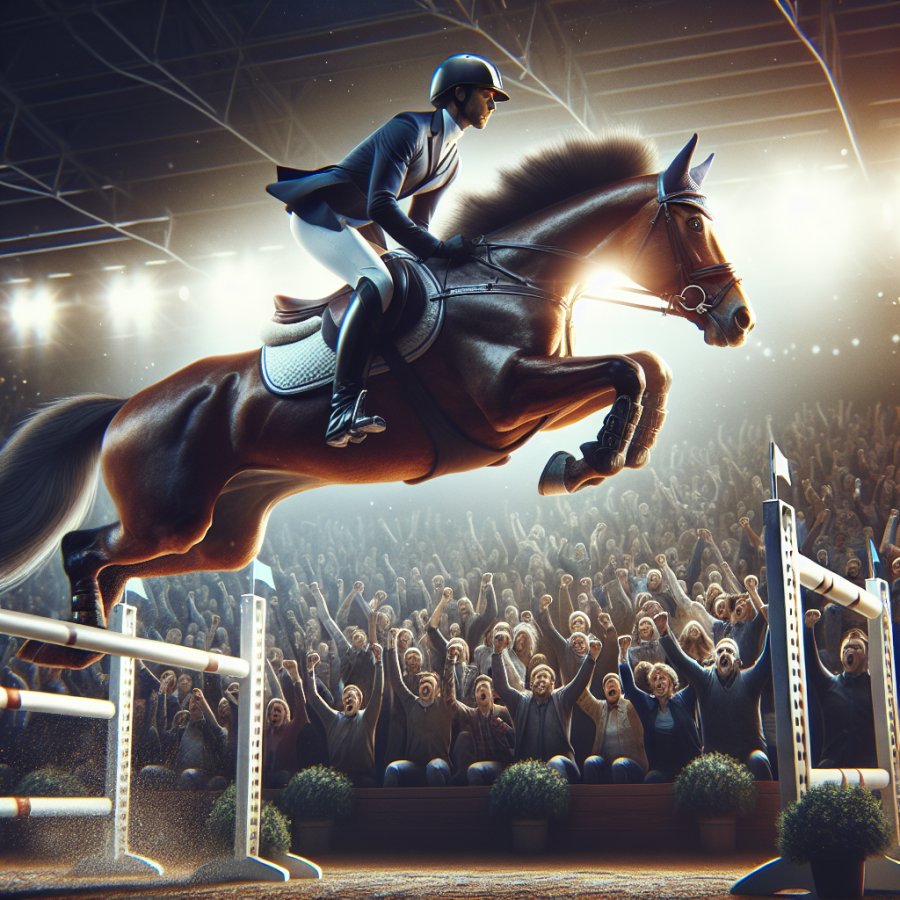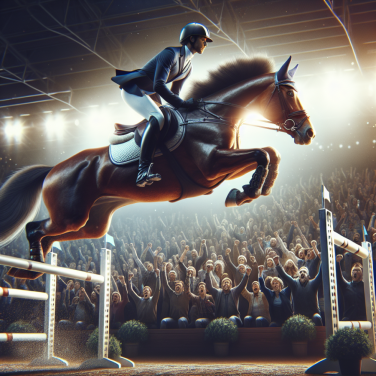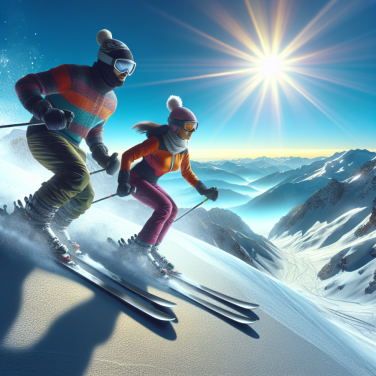The Rider's Attire and Equipment: Perfecting Your Presentation in Show Jumping
Dressing impeccably for show jumping is more than a sartorial choice; it's a reflection of respect for the sport and contributes to the overall performance of both horse and rider. The rider's attire and equipment in show jumping are not arbitrary; they are based on tradition, safety, and rules set by governing bodies.
**The Jacket:** The cornerstone of the rider's attire is the show jacket. Classic colors such as navy, black, or dark green are traditional and widely accepted in the ring. A well-fitted jacket allows for freedom of movement while maintaining a polished look. Opt for modern technical fabrics that offer breathability and flexibility, ensuring comfort during competition.
**Breeches:** White, beige, or light-colored breeches are the norm in show jumping. Well-fitted breeches made from stretch fabric allow for fluid motion over jumps and aid in non-slip contact with the saddle. Ensure that your breeches have a comfortable waistband, as you'll be wearing them for extended periods.
**Show Shirt and Tie or Stock:** Beneath the jacket, a crisp white show shirt paired with a tie or stock provides a touch of elegance. The tie should be neatly secured, and if opting for a stock, it should be fastened with a clean and simple stock pin.
**Riding Boots:** Tall, black leather boots are traditional and serve not only as a key component of the rider's attire but also as vital protective gear. Boots should fit snugly around the calf, with a slight heel to prevent the foot from slipping through the stirrup. Invest in high-quality boots that offer support and durability.
**Helmet:** Safety is paramount, and a well-fitting, certified riding helmet is non-negotiable. While black helmets are conventional, many riders now choose helmets with advanced safety features, ventilation, and materials that reduce impact. Your helmet should be replaced regularly or after any significant impact.
**Gloves:** Gloves provide a better grip on the reins and protect your hands from blisters and chafing. Leather or synthetic gloves in black or dark brown are preferred, as they should not draw attention away from the overall appearance.
**Spurs and Whips:** While not a part of the attire per se, spurs and whips can be seen as extensions of the rider's equipment. Use them in accordance with the rules of the competition and as aids, not as means of coercion.
Read also:
Mastering the Slopes: Tips for Skiing Success
Cultivating Grace in the Arena: Techniques for Aspiring Show Jumpers
Show jumping is not just about the heights you clear or the speed at which you complete a course; it's about the seamless communication between horse and rider, the elegance of movement, and the overall harmony in the arena. Cultivating grace is essential for aspiring show jumpers looking to refine their craft and excel in the sport.
To achieve a higher level of equestrian elegance in show jumping, riders must focus on a variety of techniques that enhance both their own and their horse’s performance. Developing a strong foundational seat is crucial; this means maintaining a proper position at all times – a balanced, flexible seat that moves with the horse. Work on your seat through exercises that enhance your core strength and stability, as these muscles are vital in absorbing the motion of the horse.
Consistency in the rider’s aids is another key element in achieving grace. Your cues to the horse should be subtle yet clear, aiding the horse without disrupting your mutual rhythm and flow. This includes gentle rein contact alongside precise leg and seat cues. Regularly practice transitions and courses, focusing on the smoothness and timing of your aids.
Mental preparation is just as important as physical ability. Riders must develop a deep connection with their horses, understanding their unique personalities and how they respond to different situations. Spend quality time with your horse outside of training sessions to nurture this bond. Visualization techniques can also be employed before a ride to mentally rehearse and refine your courses, which helps in executing them with composure and precision.
Another useful approach is to conduct video analysis of your rides. This can provide insights into areas that need improvement and highlight the moments where you and your horse demonstrate fluidity. Watch professional riders and learn how they manage to make show jumping seem effortless. Pay attention to their timing, coordination, and the way they communicate with their horses.
Physical fitness and flexibility are not limited to the rider; the horse also requires a conditioning regimen tailored to the demands of show jumping. Incorporating gymnastic exercises into your routine improves the horse's balance, agility, and responsiveness. Poles, grids, and varied jumping exercises can increase muscular strength and teach the horse to approach obstacles with grace and confidence.
Lastly, gear and attire can impact the elegance of a show jumping pair. Ensure your tack fits both you and your horse correctly, as ill-fitting equipment can cause discomfort and affect performance. Similarly, select attire that complements your position and movement, allowing for a full range of motion while maintaining a classic and sophisticated appearance.




